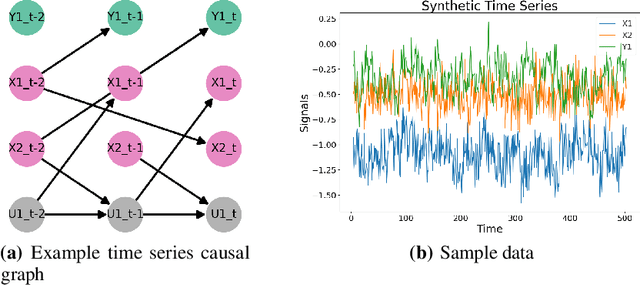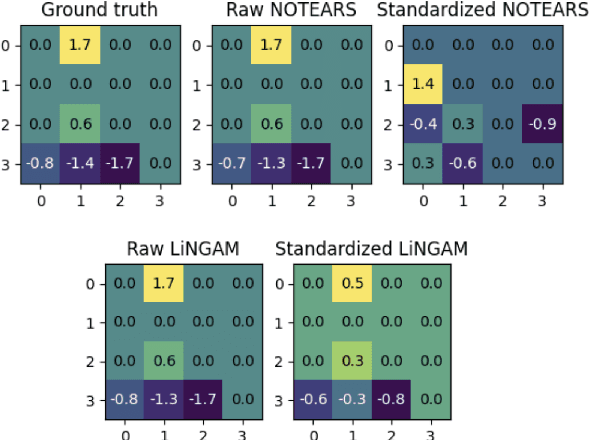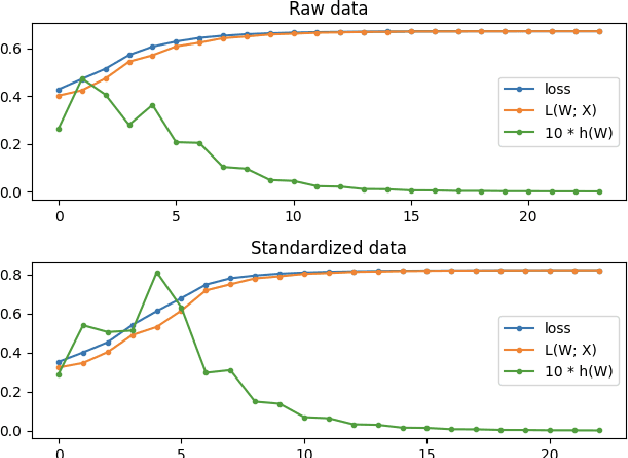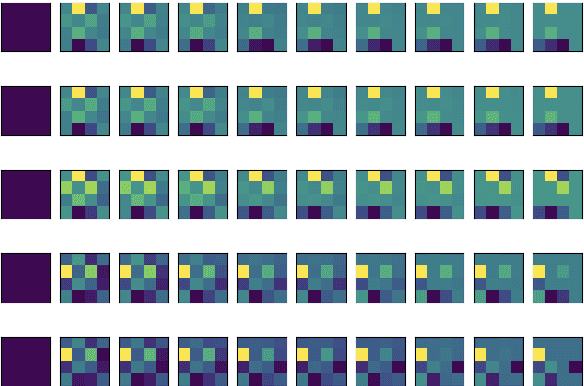Maksim Sipos
Causal Analysis of the TOPCAT Trial: Spironolactone for Preserved Cardiac Function Heart Failure
Nov 23, 2022



Abstract:We describe the results of applying causal discovery methods on the data from a multi-site clinical trial, on the Treatment of Preserved Cardiac Function Heart Failure with an Aldosterone Antagonist (TOPCAT). The trial was inconclusive, with no clear benefits consistently shown for the whole cohort. However, there were questions regarding the reliability of the diagnosis and treatment protocol for a geographic subgroup of the cohort. With the inclusion of medical context in the form of domain knowledge, causal discovery is used to demonstrate regional discrepancies and to frame the regional transportability of the results. Furthermore, we show that, globally and especially for some subgroups, the treatment has significant causal effects, thus offering a more refined view of the trial results.
Data Generating Process to Evaluate Causal Discovery Techniques for Time Series Data
Apr 16, 2021



Abstract:Going beyond correlations, the understanding and identification of causal relationships in observational time series, an important subfield of Causal Discovery, poses a major challenge. The lack of access to a well-defined ground truth for real-world data creates the need to rely on synthetic data for the evaluation of these methods. Existing benchmarks are limited in their scope, as they either are restricted to a "static" selection of data sets, or do not allow for a granular assessment of the methods' performance when commonly made assumptions are violated. We propose a flexible and simple to use framework for generating time series data, which is aimed at developing, evaluating, and benchmarking time series causal discovery methods. In particular, the framework can be used to fine tune novel methods on vast amounts of data, without "overfitting" them to a benchmark, but rather so they perform well in real-world use cases. Using our framework, we evaluate prominent time series causal discovery methods and demonstrate a notable degradation in performance when their assumptions are invalidated and their sensitivity to choice of hyperparameters. Finally, we propose future research directions and how our framework can support both researchers and practitioners.
* 17 pages, 9 figures, for associated code and data sets, see https://github.com/causalens/cdml-neurips2020
Unsuitability of NOTEARS for Causal Graph Discovery
Apr 12, 2021



Abstract:Causal Discovery methods aim to identify a DAG structure that represents causal relationships from observational data. In this article, we stress that it is important to test such methods for robustness in practical settings. As our main example, we analyze the NOTEARS method, for which we demonstrate a lack of scale-invariance. We show that NOTEARS is a method that aims to identify a parsimonious DAG from the data that explains the residual variance. We conclude that NOTEARS is not suitable for identifying truly causal relationships from the data.
 Add to Chrome
Add to Chrome Add to Firefox
Add to Firefox Add to Edge
Add to Edge